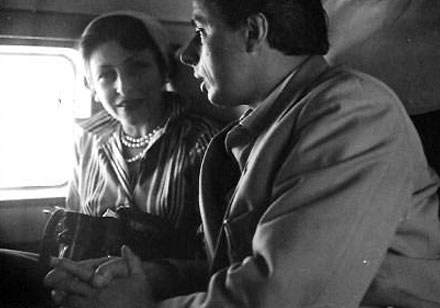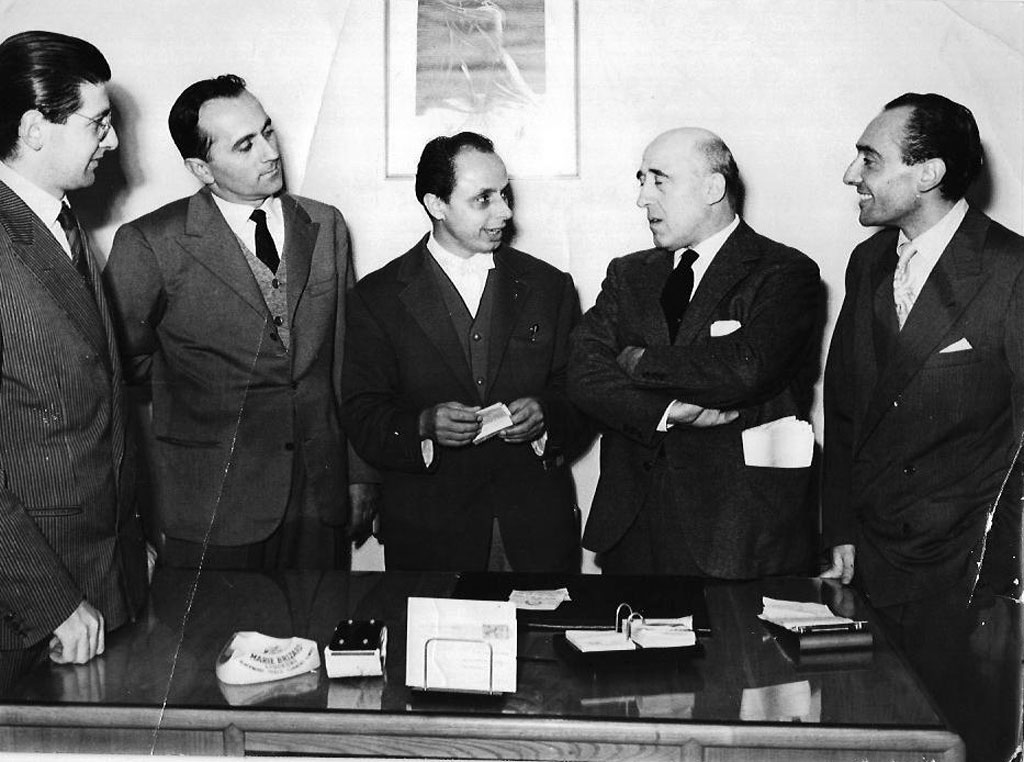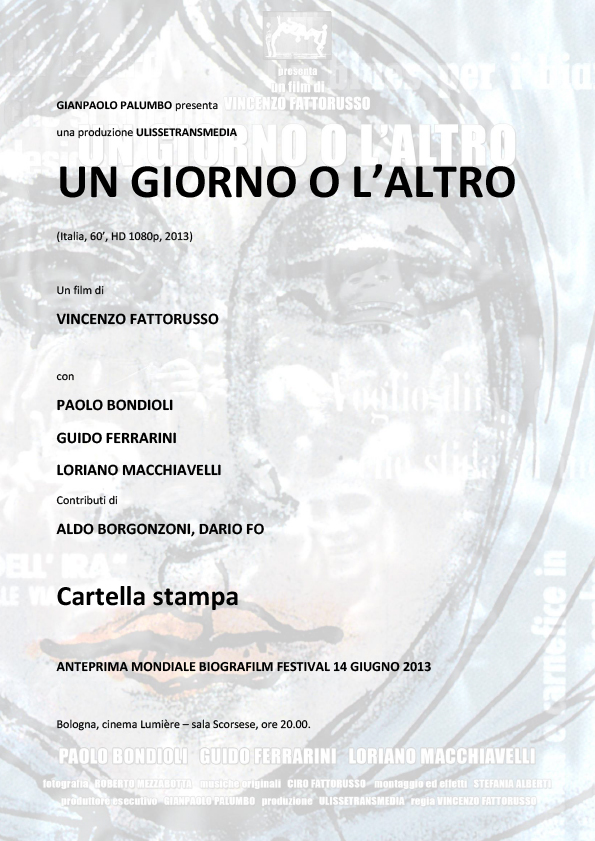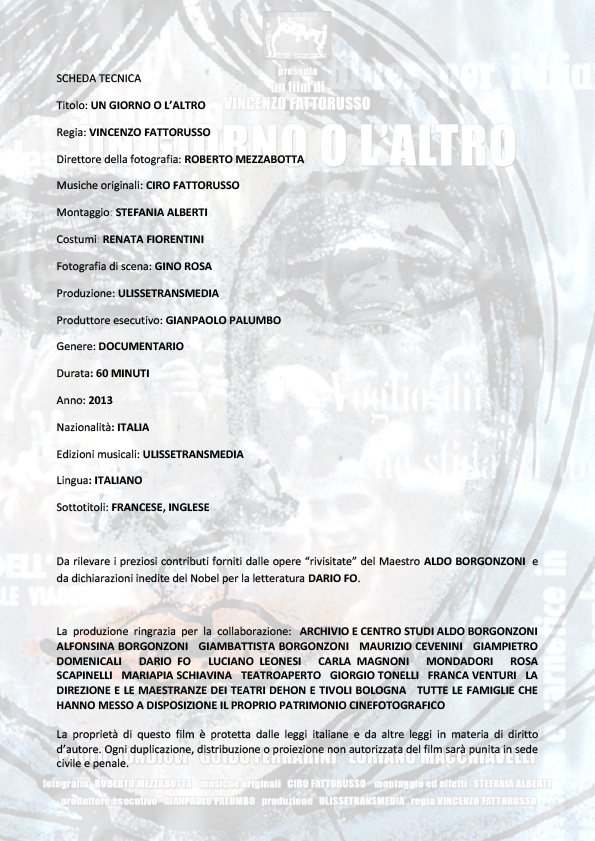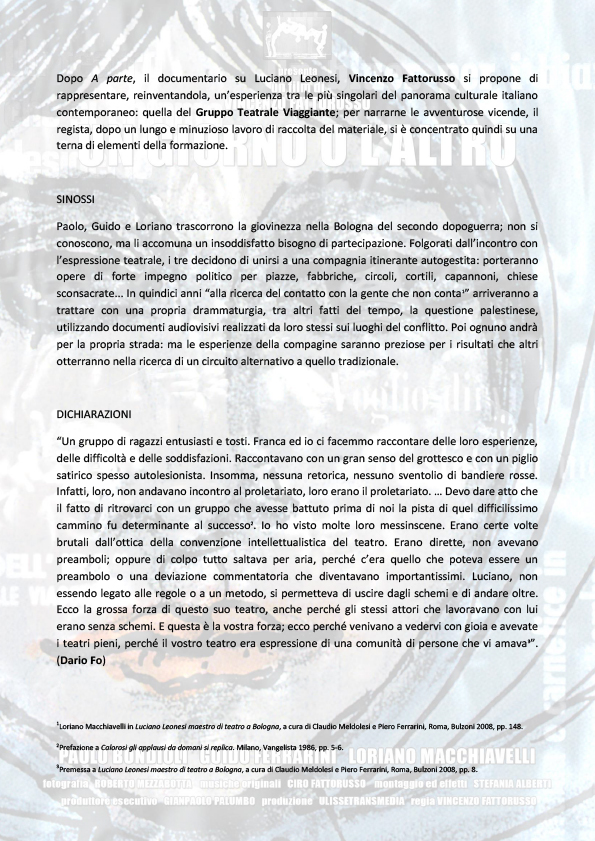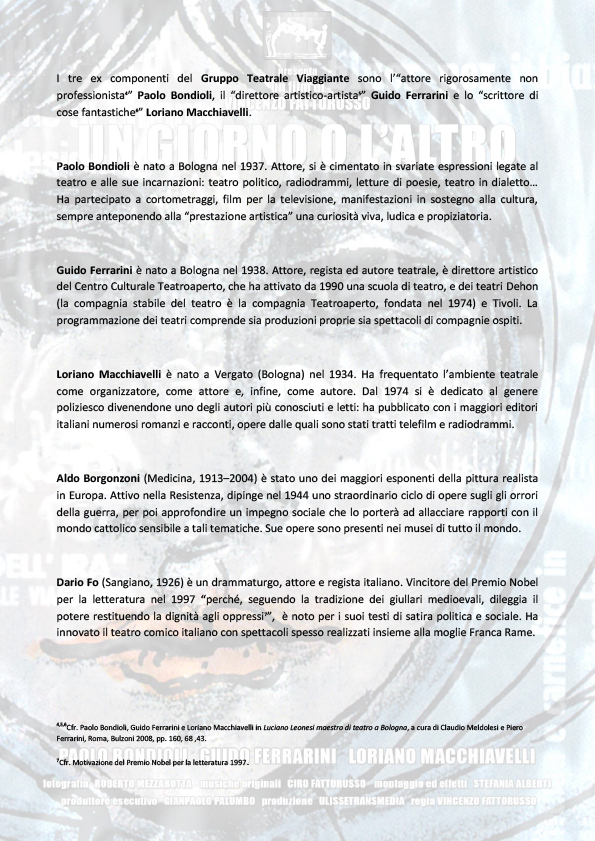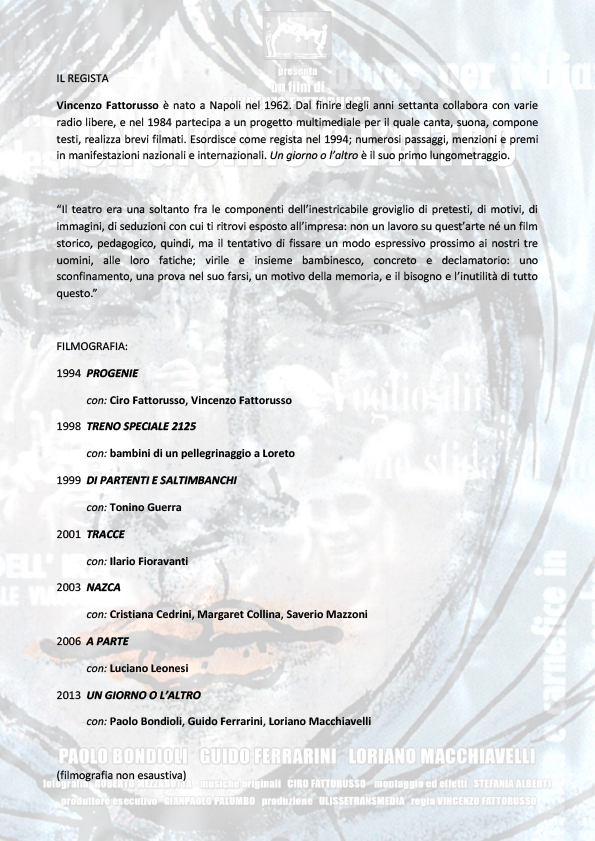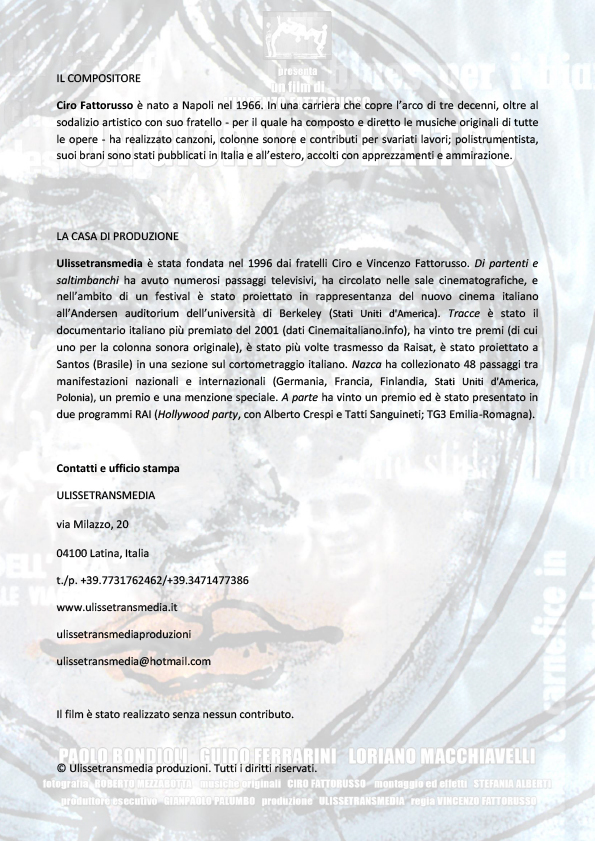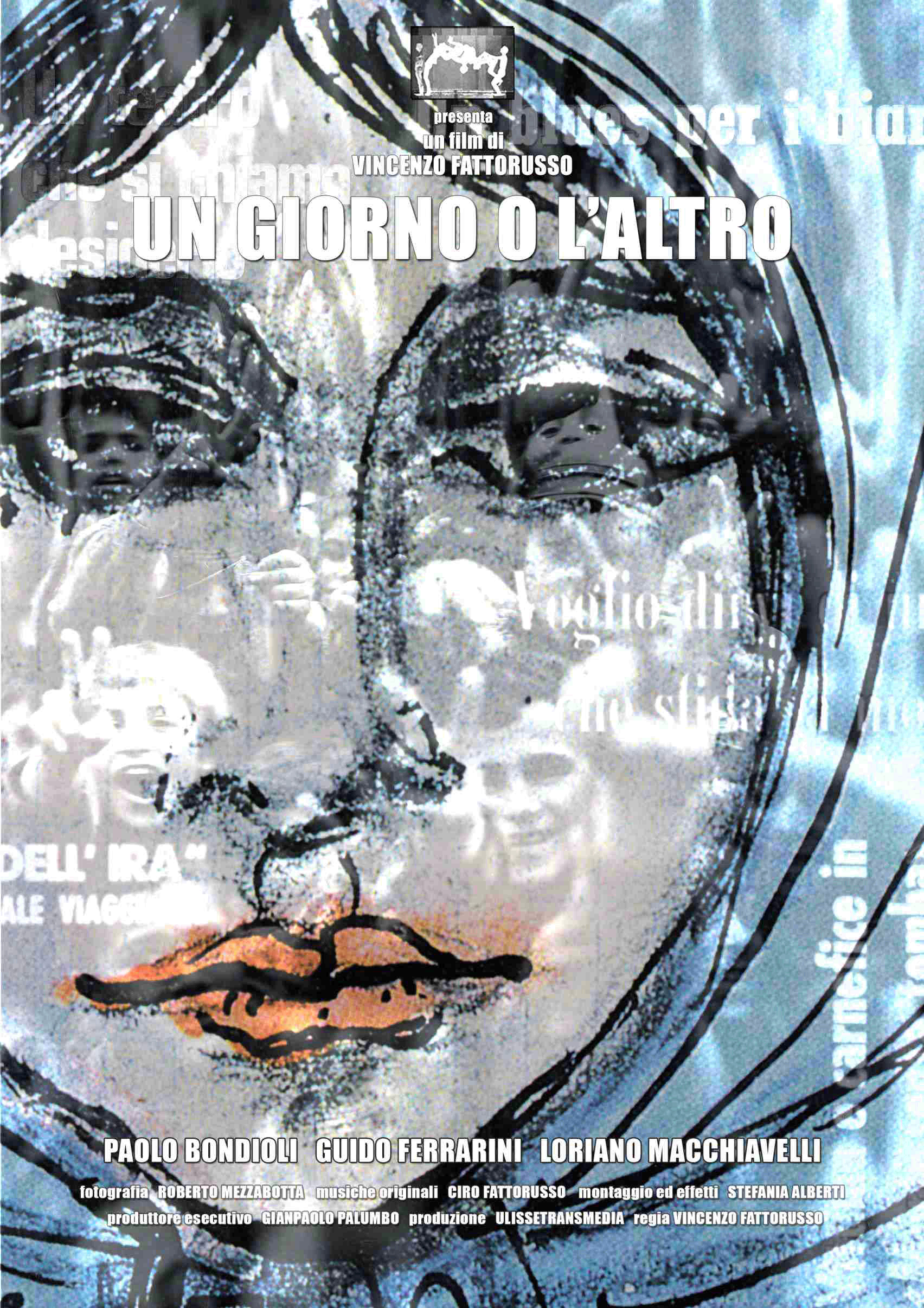Il Neorealismo è stato un movimento culturale ampio e articolato, nato nell’immediato dopoguerra e sotteso da un condiviso sentimento antifascista, con lo scopo di narrare con etica civile la situazione morale e economica della società appena uscita dalla tragica esperienza bellica. L’ampio spettro delle condizioni di vita e dei sentimenti della popolazione del Paese, la povertà, i soprusi della guerra, la disperazione, il lavoro, la speranza, il riscatto, sono stati al centro della poetica neorealista, la cui epopea è stata espressa in una molteplicità di linguaggi artistici accumunati da forme d’arte d’immediata comunicazione narrativa volti a veicolare contenuti di attualità contemporanea: dalle fotografie di Nino Migliori, Mario Giacomelli, Paolo Monti e Enrico Pasquali, al cinema di Vittorio De Sica, Roberto Rossellini, Luchino Visconti e Cesare Zavattini, dalla letteratura di Carlo Levi, Salvatore Quasimodo, Cesare Pavese e Pier Paolo Pasolini, alla pittura di Renato Guttuso, Bruno Cassinari, Ernesto Treccani, Armando Pizzinato e Aldo Borgonzoni.
A distanza di mezzo secolo, narrando le vicende del bolognese Gruppo Teatrale Viaggiante, espressione teatrale del neorealismo che dava voce alle idee e alla realtà del proletariato dell’epoca, il regista Vincenzo Fattorusso sceglie alcuni dipinti di Borgonzoni (guarda un estratto del film).


